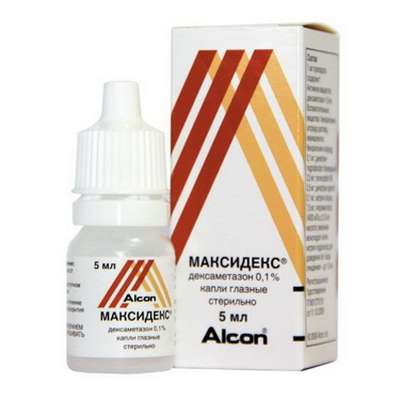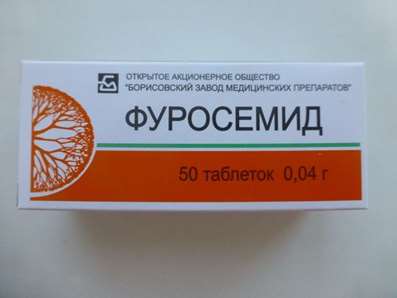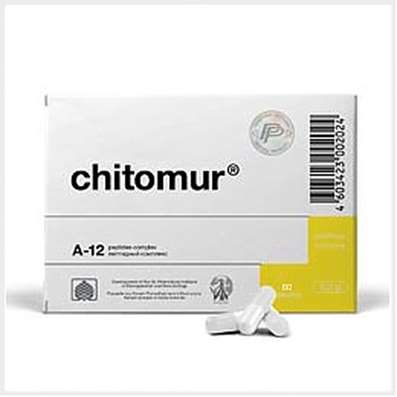Instruction for use: Gastrophungine
I want this, give me price
Active substance Inonotus Obliquus
Pharmacological group
Genotoninizing agents and adaptogens
Other non-narcotic analgesics, including non-steroidal and other anti-inflammatory drugs
Nosological classification (ICD-10)
K25 Gastric ulcer
Helicobacter pylori, Pain syndrome in gastric ulcer, Pain syndrome in gastric ulcer and duodenal ulcer, Inflammation of the gastric mucosa, Inflammation of the gastrointestinal mucosa, Benign gastric ulcer, The disease of the stomach and duodenum, asotsiirovannoe with Helicobacter pylori, Aggravation gastroduodenita on the background of peptic ulcer, Exacerbation of peptic ulcer, The aggravation of gastric ulcer, The organic gastrointestinal disease, Peptic ulcer of the stomach and duodenum, Postoperative gastric ulcer, Recurrent ulcers, Symptomatic gastric ulcers, Chronic inflammatory disease of the upper gastrointestinal tract, associated with Helicobacter pylori, Helicobacter pylori eradication, Erosive and ulcerative lesions of the stomach, Erosive lesions of the stomach, The erosion of the gastric mucosa, Peptic ulcer disease, Stomach ulcer, Gastric lesion, Ulcerative lesions of the stomach, Symptomatic ulcers of the stomach and duodenum
K29.5 Chronic gastritis, unspecified
gastroenteritis, Metaplasia gastric mucosa, The pain in chronic gastritis with high acidity, chronic Gastritis, Gastroenteritis, Acute gastroenteritis, Chronic gastritis, Chronic diseases of the digestive system, Chronic autoimmune gastritis, Chronic gastritis, Chronic gastritis in acute stage, Chronic gastritis with normal secretory function, Chronic gastritis with normal secretory function of the stomach, Chronic gastritis with normal secretion, Chronic gastritis with increased and normal gastric secretory function, Chronic gastritis with secretory function, Chronic gastritis with increased secretion, Chronic gastritis with secretory function of the stomach, Chronic gastritis with a reduced secretory function, Chronic gastritis with secretory insufficiency
K59.8.1 * intestines Dyskinesia
Pain smooth muscle spasm, Pain spasm of smooth muscles (renal and biliary colic, intestinal spasms, dysmenorrhea), Pain spasm of smooth muscles of internal organs, Pain spasm of smooth muscles of internal organs (kidney and biliary colic, intestinal spasms, dysmenorrhea), intestinal hypomotility, Hypotonic dyskinesia of the colon, GIT Dyskinesia, Dyskinesia gastrointestinal atony with events,colon Dyskinesia,Gastrointestinal spasm, Intestinal colic, Colic in infants, Spastic bowel dyskinesia, Spastic colon dyskinesia, Baby colic
Composition and form of release
1 ml of tincture contains chagi 0.1 g and ethyl alcohol 70%; in bottles of 50 or 100 ml, in a cardboard bundle 1 bottle.
Characteristic
Transparent liquid of yellow-brown color with a bitter taste.
pharmachologic effect
Pharmacological action - restorative, metabolic.
The effect of gastrofungin is determined by the properties of its biologically active substances (humic acid, organic acids, microelements, including manganese and cobalt, pigments and other compounds). Regulates metabolic processes, contributes to an increase in the general resistance of the body.
Indication
Chronic gastritis, stomach ulcer outside exacerbation, dyskinesia of the gastrointestinal tract with atony phenomena; to improve the overall condition of cancer patients (as a symptomatic agent).
Contraindications
Hypersensitivity.
Side effects
Possible allergic reactions, dyspeptic phenomena (with long-term admission).
Dosing and Administration
Inside, 30 minutes before meals, washed down with a small amount of water, 20-30 drops 2-3 times a day. The course of treatment is 3-5 months. Repeated course - after consulting a doctor.
Precautionary measures
In the treatment with preparations of chaga, a milky-vegetable diet is shown.
storage conditions
In a cool, dark place.
Keep out of the reach of children.
Shelf life
2 years.
Do not use after the expiry date printed on the package.

 Cart
Cart





